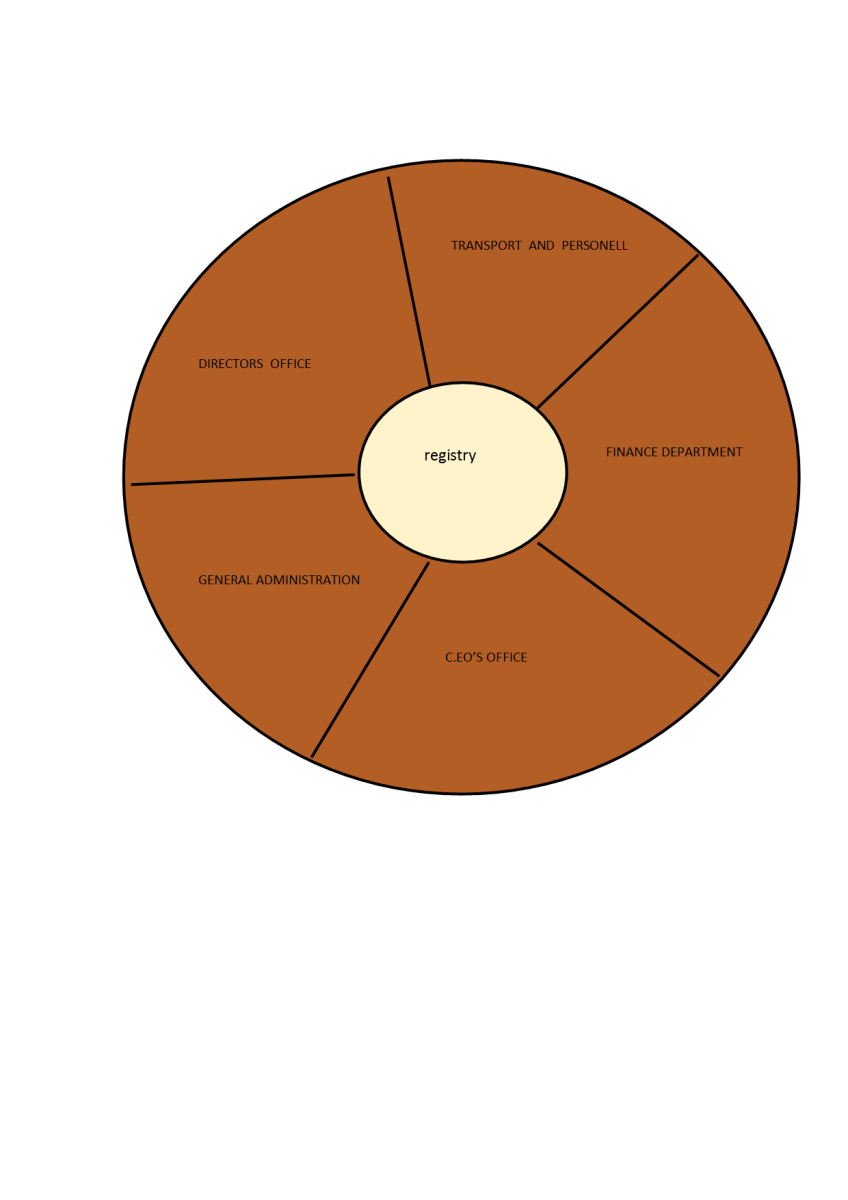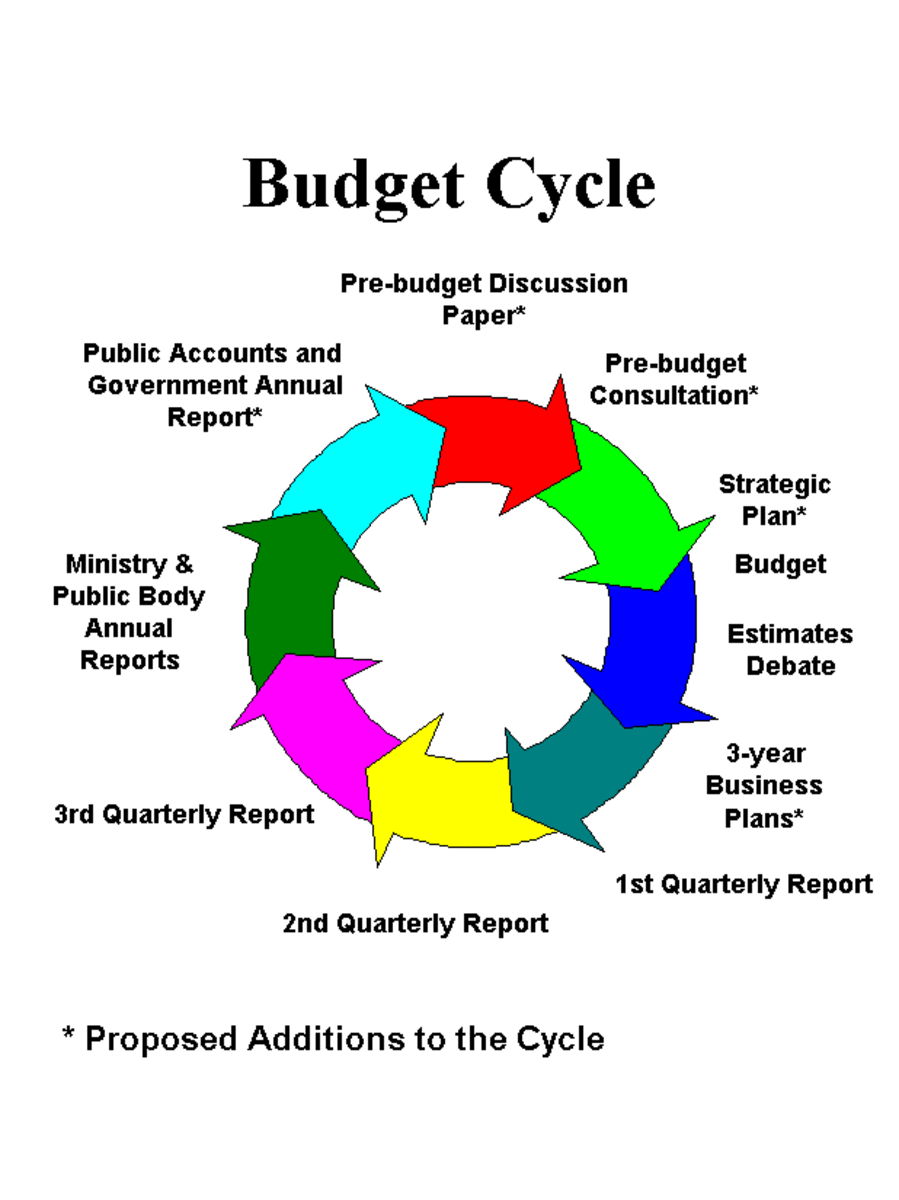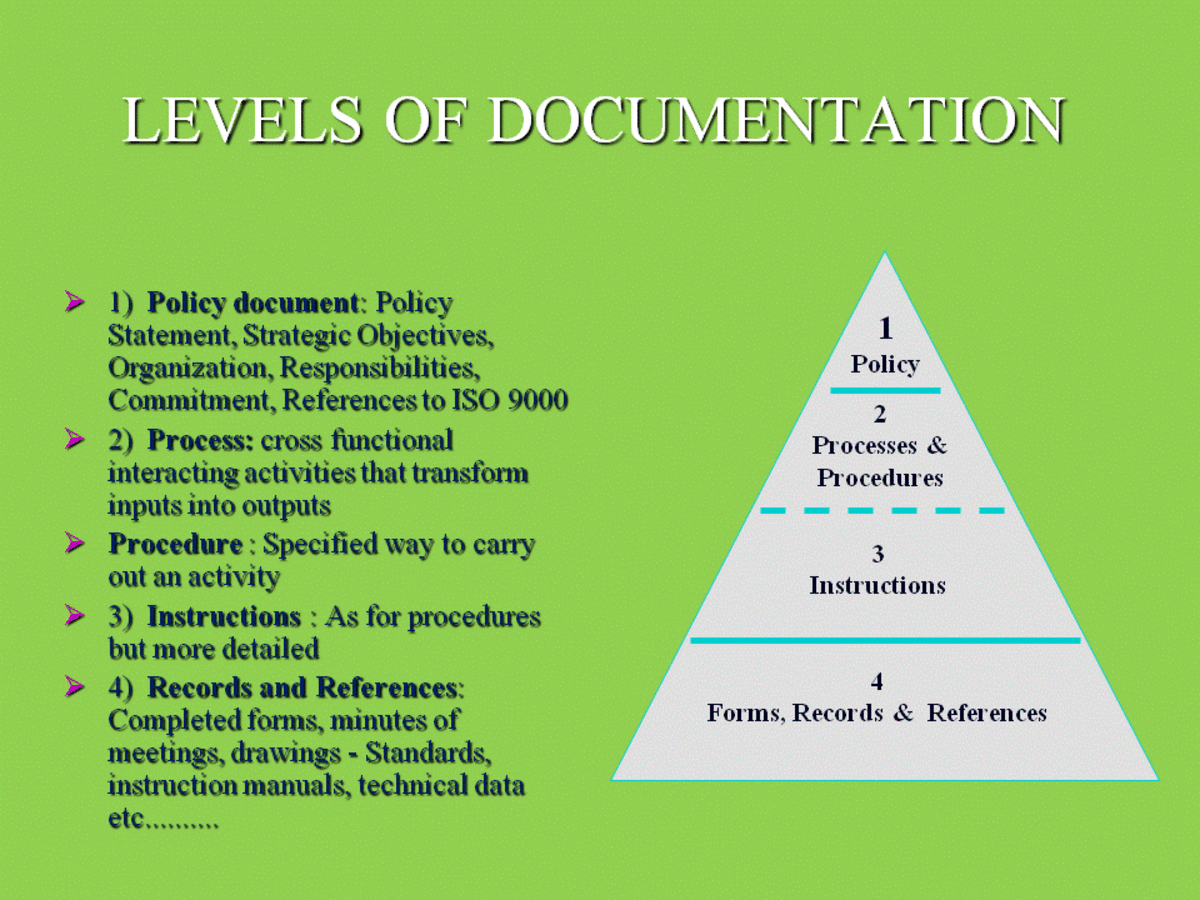Centralized and Decentralized Budgeting Examples
Introduction
Budgets represent a company’s future financial roadmap. Most companies prepare companywide budgets on an annual basis. Different budget models exist in business. These can include either a centralized or decentralized model. Companies can select which method they believe works best for their operating environment and the accounting methods a company uses to record financial data.
Defined
Centralized budgets are a top-down approach to this process. Owners and managers are responsible for creating the budget and “pushing” it down to each department in the organization. Decentralized budgets involve more input from individuals outside of the upper management team. Different methods under each of the organized budget models are possible under the larger budget model methods. For example, zero-based or capital investment budgets typically fall under this category, depending on the budget model a company selects.
Budgets can represent a company's target for using cash.

Zero-Based Budget
Zero-based budgeting is an example of centralized budgeting. Owners and executives start each department at zero and set limits equal to expenditure estimates for running a department. Any changes must have justification from an operational manager. Additionally, an increase in one area requires a decrease in another. The top-down approach works as front-line workers can do little to change the budget. Slack is also not present in this budget as executives restrict added money in the budget.
Participative Budgeting
Participative budgeting involves more individuals than just the upper management team. For example, all managers may have a say in the budget process. This allows each manager to request more money for certain items in their department. Companies may also use participative budgeting in conjunction with another budget model type. The purpose is to include more individuals to gain a wider acceptance of the budget.
Considerations
Companies should set specific time limits for the budget process. Budgets can often fall under the “paralysis of analysis” phenomena in business. Spending too much time on budgeting takes time away form actual activities that make the business money. Placing restraints on budget preparation -- regardless of the business model -- helps a company keep the end goal in mind: profitability. Budgets should also place more controls over a company’s cash, both in receipts and expenditures.









